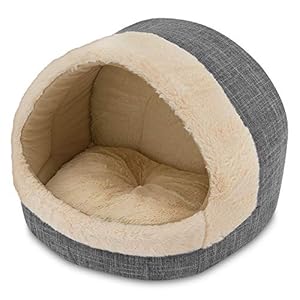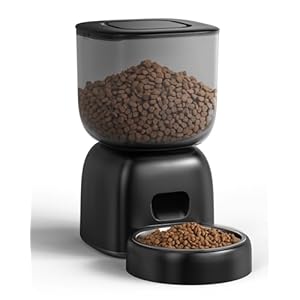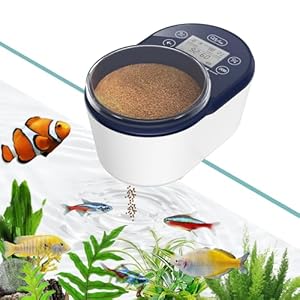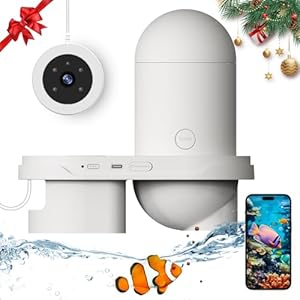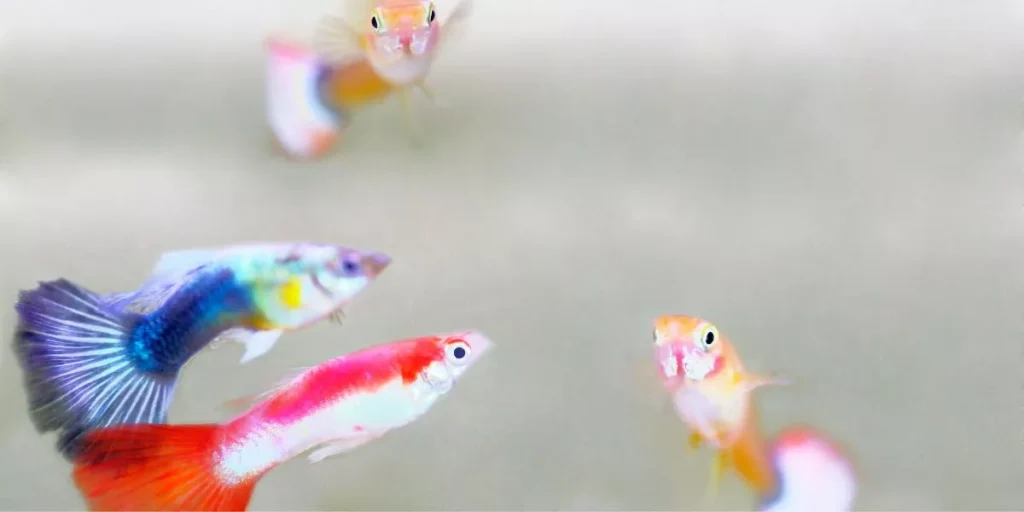
When it comes to setting up a breeding environment for guppies, ensuring the right conditions is key. From tank selection to water quality management and creating suitable hiding spots, each aspect plays a crucial role in nurturing a successful breeding setup. But there’s one more essential factor often overlooked that can significantly impact your guppy breeding success. Curious to find out more about this often underestimated element that can make or break your breeding efforts?
Tank Selection
When selecting a tank for breeding guppies, ensure it provides enough space for the fish to thrive and reproduce comfortably. Guppies are active swimmers, so a tank with a minimum of 10 gallons is recommended to give them ample room to move around. A larger tank, such as a 20-gallon one, can accommodate more guppies and provide a more stable environment. Look for tanks with a wider shape rather than a tall one, as guppies swim more horizontally. Additionally, consider a tank with a secure lid to prevent any adventurous guppies from jumping out.
When setting up the tank, add hiding spots like plants or decorations to give the guppies places to retreat and feel secure. Live plants can also help maintain water quality by absorbing nitrates. Remember to place the tank away from direct sunlight and drafts to prevent fluctuations in temperature. By choosing the right tank for your guppies, you create a comfortable and safe environment for them to breed and thrive.
Water Quality Management
Maintaining optimal water quality is essential for the health and well-being of your guppies in a breeding setup. To achieve this, regularly test the water parameters such as pH, ammonia, nitrite, and nitrate levels using a reliable test kit. Guppies are sensitive to water conditions, so it’s crucial to keep ammonia and nitrite levels at zero and nitrate levels below 40 ppm. Perform partial water changes of about 25% every week to dilute any accumulated toxins and replenish essential minerals.
Invest in a good filtration system suitable for the size of your breeding tank to help remove waste and impurities. A sponge or box filter is recommended as it provides mechanical and biological filtration without creating too much water flow, which can stress out guppies. Additionally, ensure proper aeration in the tank to maintain oxygen levels, especially important for the developing fry.
Avoid overfeeding your guppies as uneaten food can lead to water quality issues. By staying vigilant and proactive in managing water quality, you can create a healthy environment for your guppies to thrive and reproduce successfully.
Hiding Places for Guppies
To provide a sense of security and comfort for your guppies in the breeding setup, incorporating hiding places is vital. Guppies, like many other fish, appreciate having spots where they can retreat to when feeling stressed or threatened.
Rocks and caves make excellent hiding places for guppies. These natural-looking elements not only provide shelter but also enhance the aesthetic appeal of the tank. Live plants, such as Java moss or hornwort, offer additional hiding spots for guppies. The dense foliage of these plants allows guppies to feel safe while also promoting a healthier environment by aiding in water filtration.
PVC pipes or commercial fish shelters are also great options for creating hiding spaces in the breeding setup. Ensuring that there are multiple hiding places scattered throughout the tank helps minimize aggression among guppies by giving them the opportunity to establish territories and retreat when needed.
Temperature and Lighting Considerations
Consider adjusting the tank’s temperature and lighting to create an optimal environment for your guppies’ breeding setup. Guppies thrive in temperatures between 75-82°F (24-28°C). Use a heater to maintain a consistent temperature, as fluctuations can stress the fish and inhibit breeding. Ensure there are shaded areas in the tank to prevent overheating, as guppies can be sensitive to high temperatures.
For lighting, provide a consistent 12-hour light-dark cycle to mimic natural conditions. This helps regulate the guppies’ biological rhythms and encourages breeding behavior. Use a timer to automate the lighting schedule and ensure consistency. Avoid placing the tank in direct sunlight, as this can lead to temperature spikes and algae growth.
Consider adding floating plants or decorations that create shaded areas and diffuse light, providing a comfortable environment for your guppies. Remember, maintaining stable temperature and lighting conditions is crucial for the health and breeding success of your guppies.
Feeding and Care Tips
Ensure your guppies receive a balanced diet and proper care to support their health and breeding success. Feed your guppies a varied diet consisting of high-quality flake or pellet food supplemented with live or frozen foods like brine shrimp, bloodworms, or daphnia. Offering a diverse diet helps ensure your guppies receive essential nutrients for optimal health and breeding condition.
Regular water changes are crucial for maintaining good water quality in your guppy breeding setup. Aim for weekly water changes of around 25-30% to remove waste and replenish essential minerals. Additionally, monitor water parameters such as pH, ammonia, nitrite, and nitrate levels to ensure a healthy environment for your guppies.
Provide hiding spots and plants in your guppy tank to reduce stress and offer places for fry to hide from adult guppies. Live plants like java moss or hornwort can also help maintain water quality by absorbing nitrates. Lastly, observe your guppies regularly to spot any signs of illness or aggression, addressing any issues promptly to maintain a thriving breeding setup.
Trending Products






